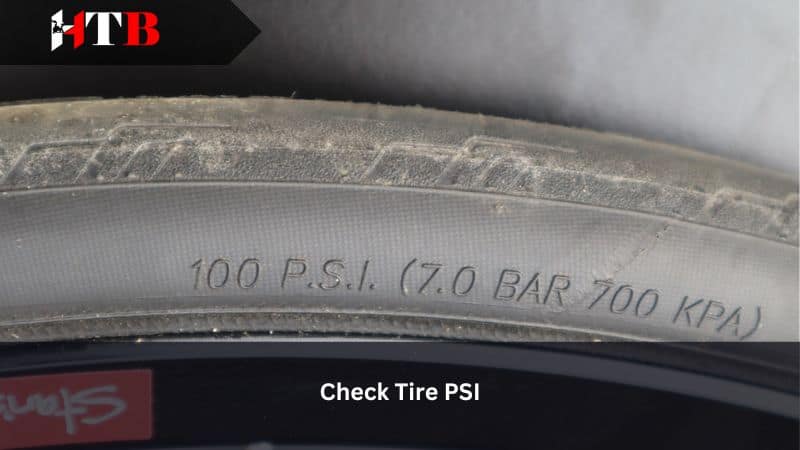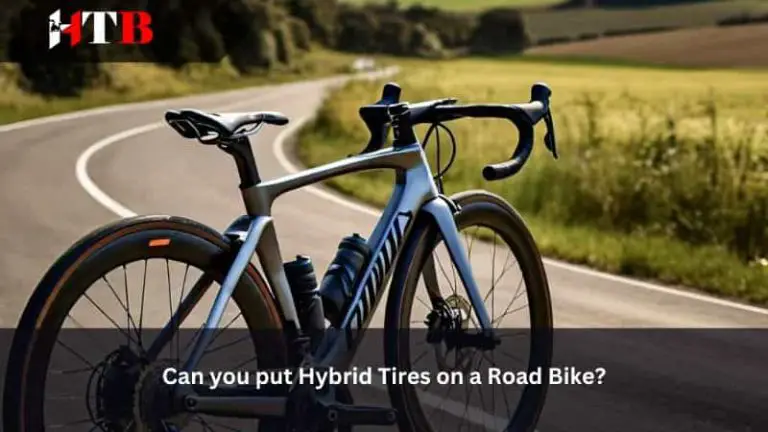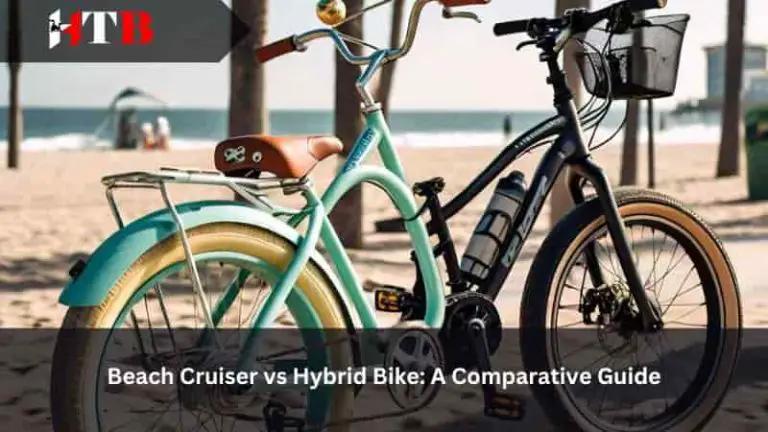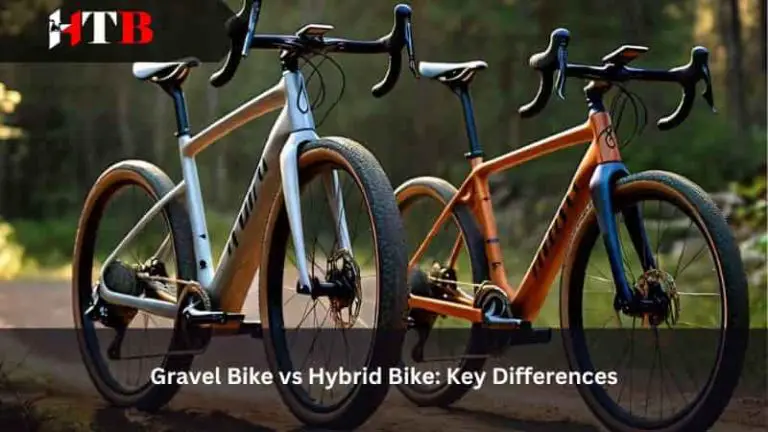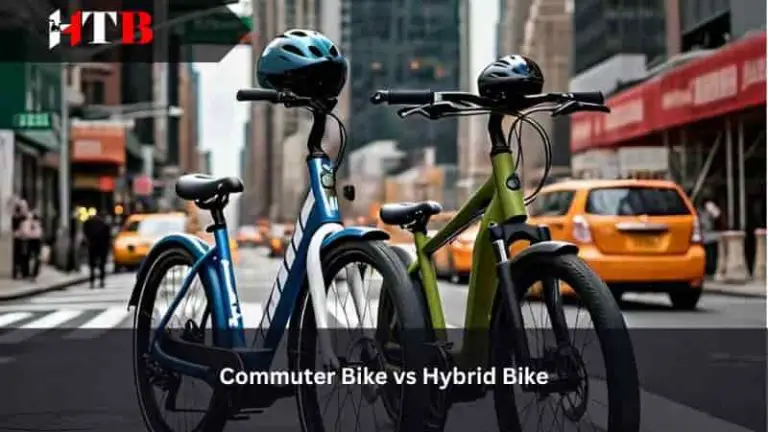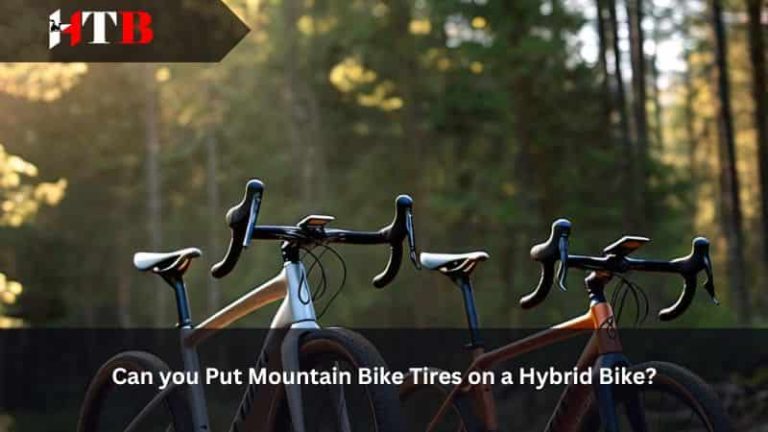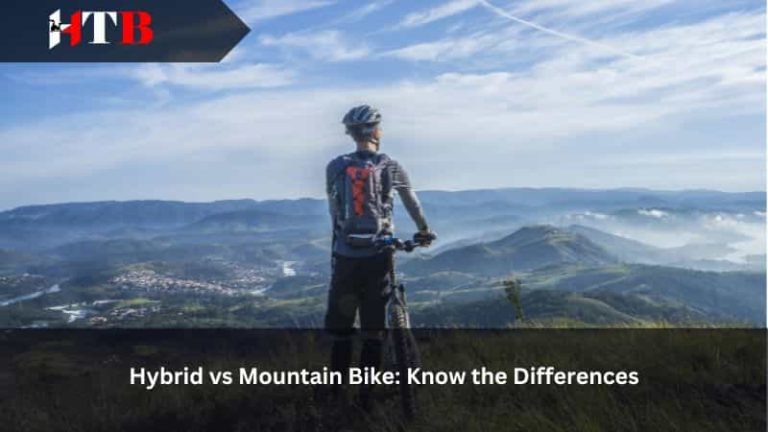Guide to Hybrid Bike Tire Pressure: Optimal PSI for Your Ride
Getting the pressure right in your hybrid bike tires can mean the difference between a sluggish ride and a dynamic adventure. Striking the perfect balance is key; too low, and you risk flats, too high, and you compromise on grip. This guide illuminates the sweet spot for hybrid bike tire pressure, ensuring your ride is both efficient and comfortable with quality tubeless tires, avoiding flats, and enhancing performance cycling limited. With straightforward advice rooted in expertise, we’ll help you fine-tune your wheels for peak performance on varied terrains.
Let’s start with the basics:
What is PSI?
PSI stands for pounds per square inch, a unit measuring pressure. It’s crucial for hybrid bike tire performance. Hybrid bikes typically require a PSI range of 50-70. This ensures a smooth ride and good grip. Riders must adjust the PSI to fit riding conditions and tire specs.
Tire pressure affects comfort, traction, and efficiency. Low bike tire pressure can lead to flats; too high can make rides harsh, impacting performance. Check your tire sidewall for the max PSI and stay within limits.
Importance of Correct Pressure
Ride Quality
Proper tire pressure is key to comfortable and efficient riding. It ensures a smooth ride by balancing shock absorption and rolling resistance. The right PSI allows the bike to glide effortlessly over various terrains. It minimizes bumps and jolts, making for a more pleasant experience.
Adjusting air pressure affects handling and control. Riders feel this most during turns and on uneven surfaces. Too much pressure leads to a harsh ride, while too little can cause sluggish handling. Finding the optimal level is crucial for both safety and enjoyment.
Tire Longevity
The correct PSI not only enhances ride quality but also prolongs tire life. Tires at maximum pressure resist punctures better and show less wear over time. Conversely, low pressure increases risks of damage like pinch flats.
Consistent riding on underinflated tires accelerates wear and tear. This leads to frequent replacements, costing riders more in the long run. Regularly check tires with a pressure gauge to avoid such issues.
Overinflation causes its own problems. It can lead to uneven tread wear or even blowouts. Inspect tires often for signs of damage from incorrect air pressure levels.
How to Check the PSI of a Hybrid Bike?
To ensure your hybrid bike tires are at the ideal pressure, start by locating the valve on your tire. Attach a pressure gauge firmly to get an accurate reading. The gauge will display the tire’s current PSI (pounds per square inch). It’s crucial to compare this number with the manufacturer-recommended pressure range, typically found on the tire sidewall. For consistent readings, check your tire pressure when the tires are cold, preferably in the morning before you ride.
What is the Best Tire Pressure for a Hybrid Bike?
I know you are waiting for this section! The ideal PSI for a hybrid bike tire typically ranges between 50-70 PSI. Check your tire sidewall for specific recommendations. The right pressure depends on road surface conditions. Rough roads might need lower bike tire pressure for comfort without losing pace.
Hybrid bikes excel in adapting to different pressures suitable for diverse terrains. Always consider the manufacturer’s recommendations when setting tire pressure in specialty bikes to ensure optimal performance.
Importance of Maintaining Correct Tire Pressure in Hybrid Bikes
Maintaining the correct tire pressure is crucial for the performance and longevity of your hybrid bike’s tires. Proper tire pressure ensures a smooth ride, improves efficiency, and reduces the risk of punctures and blowouts.
Why Correct Tire Pressure Matters
- Optimal Performance: Tires inflated to the recommended PSI (pounds per square inch) provide the best balance between grip and rolling resistance. This means you’ll have better control and speed, making your ride more enjoyable and efficient.
- Safety: Under-inflated tires can cause sluggish handling and increase the risk of accidents. Over-inflated tires, on the other hand, can lead to a harsh ride and a higher chance of blowouts, especially on rough terrain.
- Durability: Properly inflated tires last longer. Under-inflated tires wear out faster because of increased friction with the road. Over-inflated tires are more prone to cuts and damage from road debris.
Some Bonus Tips on Hybrid Bike Tire Pressure
Avoid Flats
Maintaining correct tire pressure is key to preventing flats. Too low of a PSI can lead to pinch flats, where the tube gets pinched against the wheel rim. On the other hand, overinflated tires are more susceptible to punctures from sharp objects.
Adjust your tire’s PSI according to the terrain; softer surfaces may require slightly lower pressure for better traction, while hard surfaces benefit from higher pressure. Alongside proper inflation, perform regular tire inspections to catch potential issues early and keep your rides smooth and uninterrupted.
Always Go for the Renowned Brands’ Tire
When it comes time to replace your hybrid bike’s tires, opting for a well-known and reputable brand is essential. Renowned brands ensure their tires meet high standards, including maintaining the correct PSI.
Some riders make the mistake of choosing the cheapest option available. While it might save a few pennies upfront, cheaper tires often have inconsistent PSI ratings and can lead to frequent issues and higher long-term costs.
Regular Checks and Maintenance
To keep your hybrid bike performing at its best, check the tire pressure regularly. Use a reliable pressure gauge to ensure your tires are inflated to the manufacturer’s recommended PSI. It’s a simple step that can make a big difference in your riding experience and safety.
Don’t underestimate the importance of correct tire pressure for your hybrid bike. Choose quality tires, maintain proper inflation, and enjoy a smoother, safer ride. Investing in good tires is an investment in your overall biking experience.
Frequently Asked Questions
What is the ideal PSI for a hybrid bike tire?
The ideal PSI for a hybrid bike tire typically ranges between 50-70 PSI. Check your tire sidewall for specific recommendations.
How does rider weight affect hybrid bike tire pressure?
Heavier riders should inflate their hybrid bike tires to the higher end of the recommended PSI range to ensure optimal performance and reduce the risk of flats.
Can temperature changes impact my hybrid bike’s tire pressure?
Yes, temperature changes can affect tire pressure. Higher temperatures can increase pressure, while lower temperatures may cause it to drop. Check and adjust your tires accordingly.
How often should I balance the inflation of my hybrid bike tires?
Inflation should be balanced regularly, at least once a week, to maintain even tire wear and performance.
How frequently do I need to inflate my hybrid bike tires?
Check your tire pressure at least every two weeks and before long rides, as tires can naturally lose air over time.
What type of pump should I use for my hybrid bike tires?
A floor pump with a gauge is best for home use, while a mini-pump is suitable for on-the-go inflation needs.
Why is maintaining correct tire pressure important for my hybrid bike?
Correct tire pressure ensures optimal grip, reduces rolling resistance, prevents flats, and extends the life of your tires.
Conclusion
Mastering tire pressure is key to elevating your hybrid bike experience. You’ve learned the essentials—from understanding PSI and the impact of weight to temperature effects, balancing inflation, and the best hybrid bike tire pressure. Correct pressure not only boosts performance but also protect against wear and tear, ensuring your ride is smooth and efficient every time. Keep these tips in hand; they’re your roadmap to a ride that’s both safe and exhilarating.
Now it’s your turn to take action. Check your tires before each adventure, stay vigilant about maintenance, and embrace the journey ahead with confidence. Your hybrid bike is more than a mode of transport—it’s a ticket to freedom on two wheels. Ride on with precision, and let tire pressure perfection be the wind at your back.
Related Articles:
- Commuter Bike vs Hybrid Bike: Essential Guide to the Best Choice
- Best Hybrid Bike Under 300: Top 10 Reviews
- Hybrid vs Mountain Bike: Know the Differences
- Hybrid Bikes Under $400 reviews | Top 5

